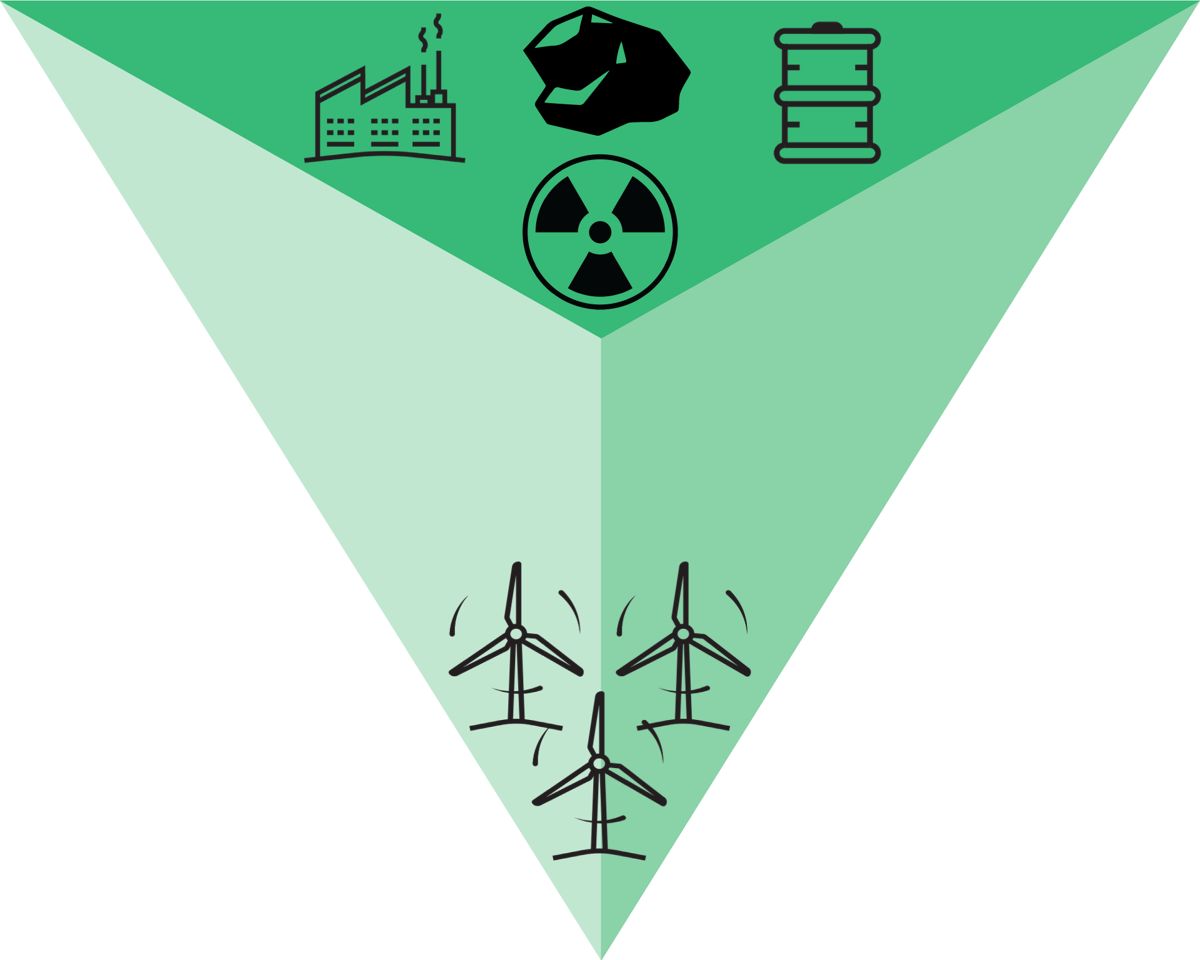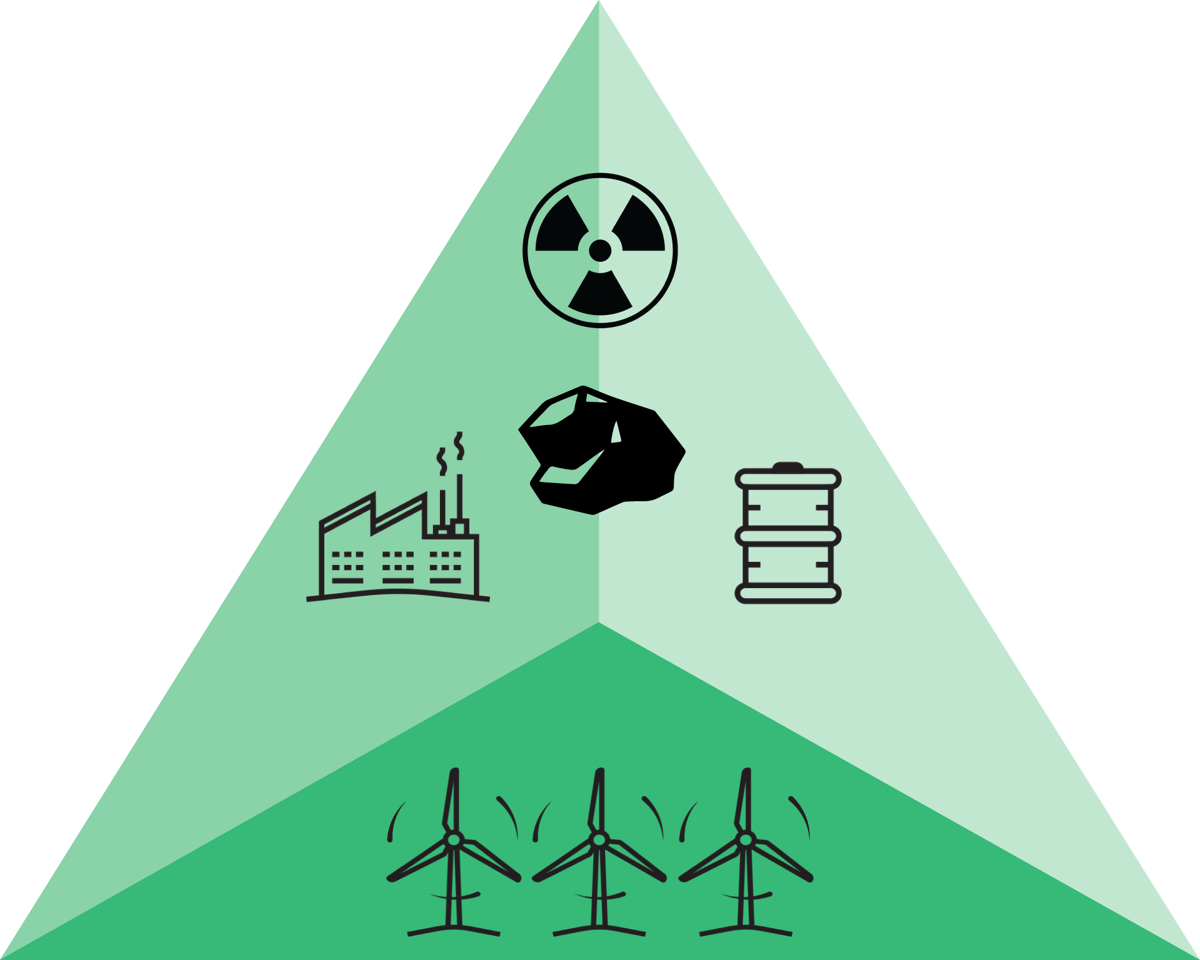Why grid codes are critical to tomorrow’s sustainable power grids
We’ll be the first to admit it: Grid codes may not be the most fantastically exciting thing on the planet. But that doesn’t mean they are not important. In fact, the opposite is true: To anyone who wants to be part of the sustainable power generation and transmission networks of the present and future, compliance with grid codes is absolutely critical – and it’s all the more important since the global need for power is constantly growing, and that power increasingly needs to be renewable.
That sounds slightly more interesting, doesn’t it? Keep reading to discover what grid codes really are, and why they are so important!
From: unstable renewable energy sources


To: Stable renewable energy sources
The traffic rules of the world’s power grids
Grid codes define how any power generating unit connected to the grid should behave (such as a generator, wind turbine, or biomass-fired power plant). They include rules for synchronisation with the grid, voltage regulation, and responses to short circuits and frequency changes. In a sense, they are the traffic rules of the world’s power grids.
Just as the world’s traffic rules essentially do the same thing (allow you to get safely from point A to point B) but differ from country to country, grid codes differ because of power market differences: In Europe alone, there are 27 different grid codes that are updated from time to time and apply to different areas.
The point of any grid code, essentially, is to ensure reliable power which until recently was a comparatively simple task. For generations, local and regional utilities have successfully built and run reliable power grids mostly based on fossil-based sources such as coal or biomass which are predictable and reliable (with nuclear power and a few wind farms thrown into the mix).
Continued reliability in a changing power landscape
But the world of power generation is rapidly changing. Climate action has never been more urgent, and emission-heavy fossil power sources such as coal and oil need to be replaced with low-emission or zero-emission alternatives. As a consequence, solutions such as wind and solar plants are now on the rise. To take just one example, wind turbines and solar plants produced more than half of Denmark’s electricity in 2020.
More green power is a good thing, but with more renewables comes greater instability – when there’s no wind, there’s no wind power, either. And we’re just seeing the tip of the demand iceberg: Society increasingly relies on electrical power for an ever-growing number of household appliances, phones, cars, computers, and so on.
The solution to the reliability issue is to use local backup power solutions that can instantly take over when renewables are not delivering enough power. They include generators, mechanical and battery-powered uninterruptible power supplies (UPS) – and, in a not-too-distant future, power to X solutions. In order to work safely, reliably, and efficiently, these backup solutions must follow the same rules as all other power generators (including renewables) that are connected to the grid – and those rules are the grid codes.
Towards a successful green transformation
That’s why grid codes are so important: They provide stability and reliability in a world that increasingly relies on electricity from renewables. Tomorrow’s energy mix will be radically different from the fossil-powered solutions that many of us grew up with, and that calls for technical equipment that complies with the grid codes in force – all over the world.
If we succeed at the green transformation, everyone will be able to rely on sustainable grid power, backed by other power generation solutions, and that success will come about precisely because all power generation and distribution operators are following the same sets of rules – the grid codes. All companies who want to contribute to the green transformation and actively work towards sustainable power that is still reliable and efficient needs to comply with those codes. DEIF is one of those companies, and we are working tirelessly to comply with grid codes all over the world and contribute to the green transformation.
It’s that simple. And quite interesting after all, don’t you think?
-

Contact us to discuss your options
- 90 years of energy pioneering
- Manufactured at the highest standards
- Superior quality
- Unmatched service and support
- Made in Denmark

